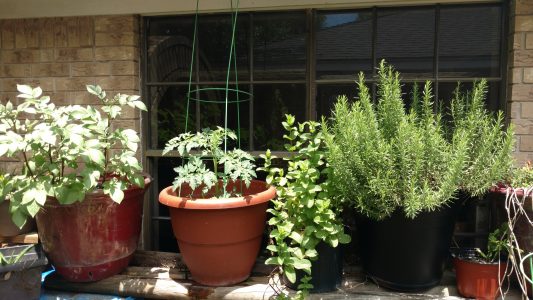
First Things To Think About.
After you’ve chosen a suitable location for your garden (please see my previous post on that subject) now is the time to think about a garden plan. So what’s the first thing we need to think about? Probably the overall size of the garden is what we need to figure out first. The first question we should ask ourselves is “how much available time do I have to work and properly care for my garden”? Many gardeners experience failure simply because they bite off more than they can chew. How much time you have is a very personal matter, and it’ll vary from person to person. Closely related to how much time in the day is how physically capable are we? If we are in poor health and/or out of shape, then we need to be careful. Gardening can be very healthy, but too much of a good thing can totally burn us out and/or injure our health.
The general rule of thumb for the size of our garden is that it’s better to have a smaller and well taken care of garden than a large garden full of weeds. And so often that’s what happens to large gardens, they end up with more weeds than crops.
What Kind Of A Garden?
The next important decision we have to make is the kind of garden we want to work in, e.g., raised bed, traditional rows, mulched garden or something different like a Lasagna garden. There are pros and cons to whatever type of garden that you personally choose; and books have been written on each method. My personal favorite is the raised bed, because it solves so many problems right from the start.
So, after you choose what size garden and what method is best for you, then it’s time to decide two things: a) what do you want to grow. b) what can you grow. The first question is usually answered by what you like to eat. Whatever your diet consists of is what you’ll want to grow. The second question is a little more complicated. What you can grow depends upon how long is your growing season and the difficultly level of actually growing a particular crop. Some plants are very easy to grow and some others not so much. The best thing to do is spend an hour or two researching the crops that are easy to grow and do well in your area. You might need to start plants ahead of time in a greenhouse or indoors under grow lights.

Cool And Warm Season Crop Planning
Most cool season vegetables are suitable for Alaska. Personally, I’d recommend the vegetables from the Cole and Brassicaceae families, e.g., cauliflower, cabbage, turnips, broccoli, kohlrabi and Brussels sprouts. Start plants indoors and/or buy transplants from your local nursery to set out in your garden after danger of frost has pasted.
Warm weather crops are possible to grow; however, you have to plan accordingly. Some warm weather crops, such as tomatoes, need to be started indoors well in advance before planting outside. Some areas in Alaska require season extenders for growing heat loving plants like tomatoes. Still other crops can be direct sown. Some examples are lettuce, carrots, beets, radishes and turnips. And all of the aforementioned are quite easy to grow. Just follow the instruction on the back of the seed packets on how deep to sow, how far apart and how wide your rows need to be inside of your garden.
Potatoes are one of my personal favorites. A potato like Alaska Frostless, for example, would be a good choice to plant in a garden, because it can stand up to frost damage. And frost damage is a big factor in Alaska. Alaska Red and Yukon Gold are two other potatoes which are good choices to grow in Alaskan gardens. For some ideas on choosing recommend varieties of vegetables for where you live please watch the following video: University of Alaska Fairbanks Cooperative Extension Service agent Heidi Rader gives some tips for gardening in Alaska.
So, in simple terms your quickstart plan should include the size of your garden, the gardening method, what you like to eat, your skill level, how much food you need and what varieties will actually grow well in your garden.
After you make a garden plan, then you’ll need to figure out and make a list of what tools and supplies you need to buy at the store. That’ll be covered in the next quickstart guide.
About ggphillips
Twitter •